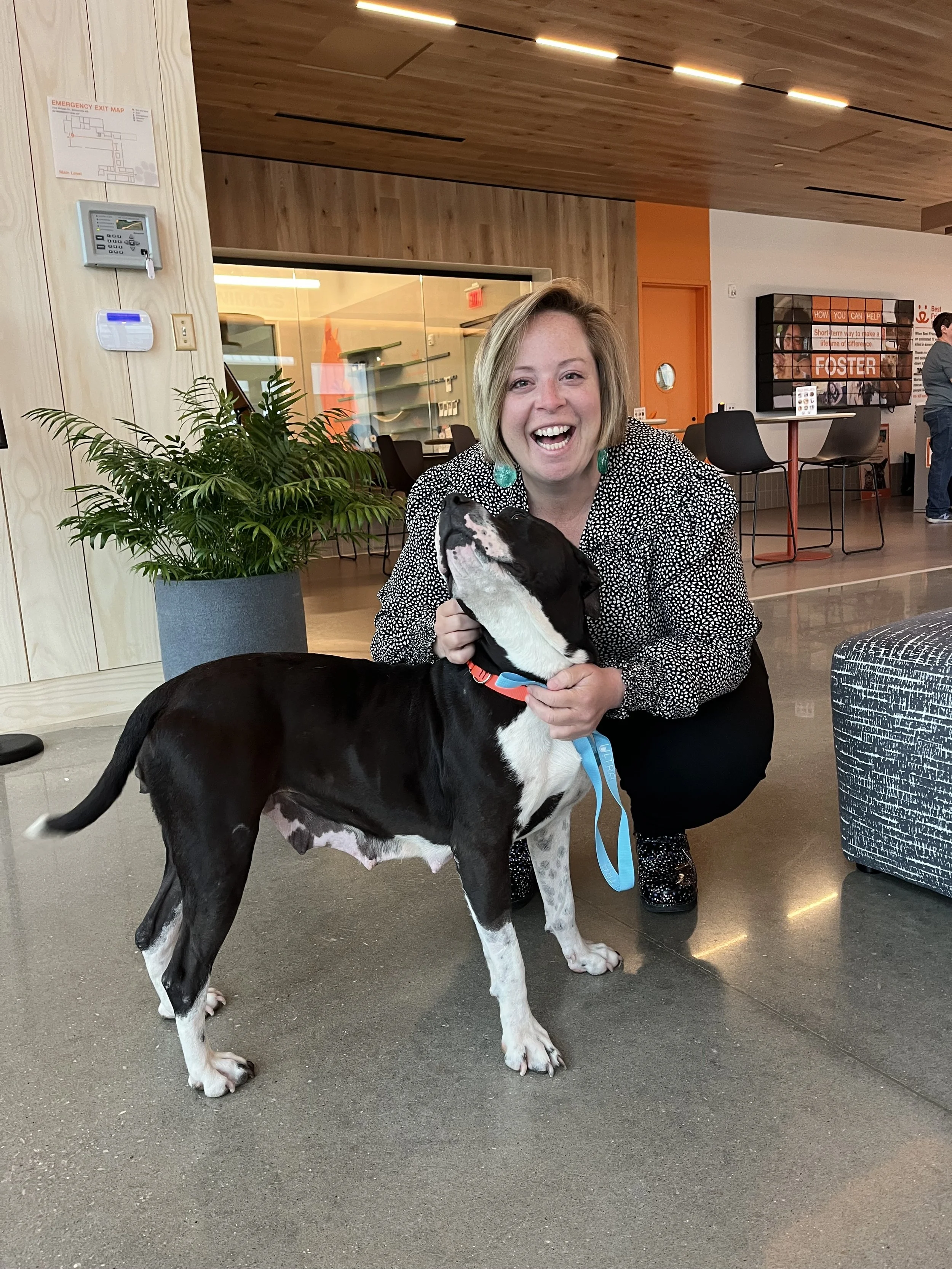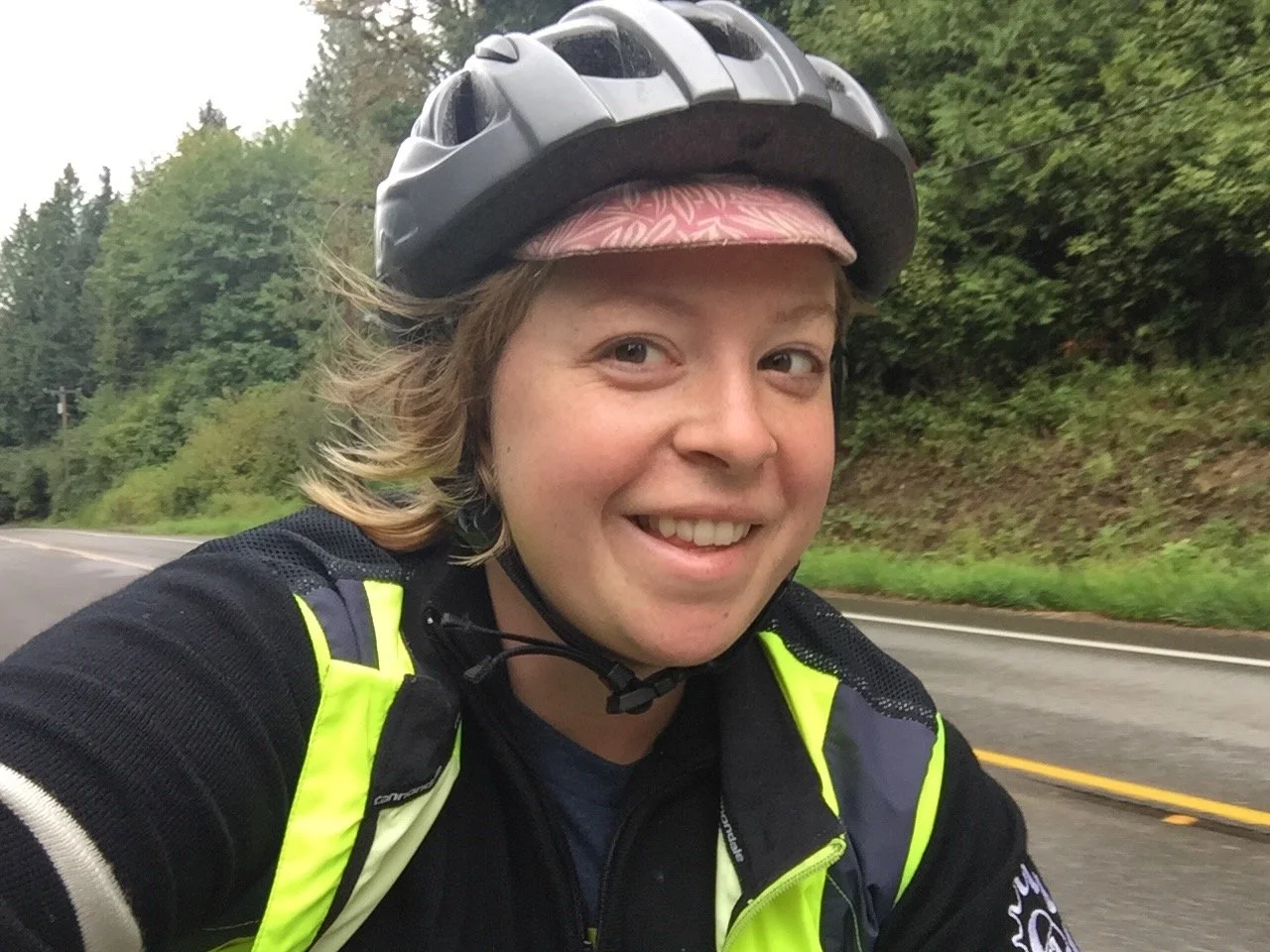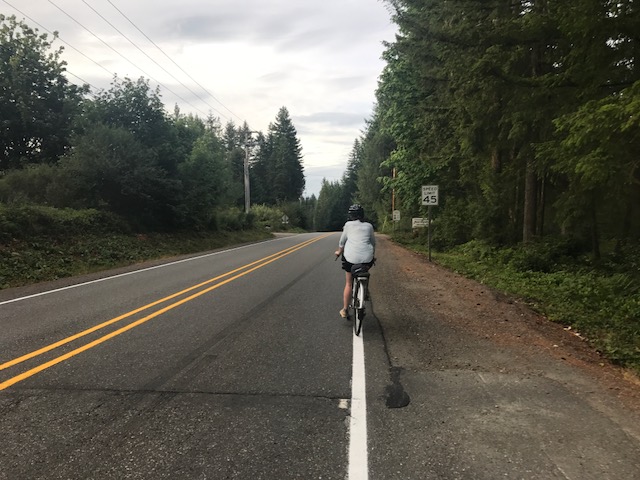I’m lucky to live in the Pacific Northwest, where great rural roads are a quick ferry ride away from downtown Seattle. Depending on the ferry, I can go from my doorstep to relatively quiet rural roads in under an hour. Not bad for the fastest growing city in the US with a metropolitan population of more than 3.5 million people.
Riding these roads is usually pretty uneventful, if not downright serene. Many of my favorite routes to close campsites (see this post for a quick rundown) have great shoulders for riding bikes on, and some even have dedicated bike lanes.
I get bored with the same destination over and over, however, and often find myself exploring new roads and route. These routes come to me from a variety of places – creeping on randonneuring maps, zooming in on Strava friends’ routes, and crowdsourcing. I’ll often fall back on the Washington State Gazeteer I invested in last year, which is always the most helpful in figuring out actual routes.
The challenge with these rural and suburban roads is that often they lack critical infrastructure that makes the kind of riding I like to do safe and comfortable. Sure, it’s legal for me to ride my bike there, but is it actually safe?
Bike train climbing up and out of Seabeck
I’ll give you an example- the route to Scenic Beach State Park. This park is 18 miles from the Bremerton ferry terminal, which for many people (especially weekend warriors and bike camping beginners), makes for a pretty good distance bike camping destination. The route even looks pretty benign on Ride with GPS and Google Maps- a few decent hills, and only one road named “highway.” (Caveat- there is an actual highway option on route 3, which actually does have shoulders, but I don’t recommend it.)
Google Maps suggested route to Scenic Beach
The actual ride to get out there though is a frightening mix of blind uphill corners, long climbs, and narrow shoulders. (Another caveat, it starts out with these signs through Bremerton, which quickly transition into “Watch out for Cyclists, in Memory of XXXX”)
These signs are the best
I have Scenic Beach as a recommended spot on my list of spots within an hour-ish of Seattle, but might need to edit the description a bit. The last time I rode out there this summer I was white knuckled with fear the entire time I climbed up Northlake Way, a long, slow, twisting climb with no shoulders. As cars came up behind us, I could hear them swerving around us, as they didn’t know we’d be in front of them going so slow, nor was there a safe space for us to ride off to the side.
Notice the speed limit and shoulder conditions. Where would you ride?
So on rides like this, what do you do? Obviously, safety is paramount, as there are already far too many bike/car collisions. Also, I think it’s important to recognize our vulnerability on the road as cyclists, as we are by far the softest thing out there.
With those in mind, here is how I handle situations where I don’t have a bike lane, limited shoulder to ride on, or poor road quality:
I am as assertive, yet empathetic to road users as possible, while still taking up as much space as is possible and safe for myself. Often, this means riding just to left side of the white line (in the car lane), or sometimes, even taking the full lane. I try and wave to drivers who slow down for me, pull over when climbing in a pullout to let cars who are going slow behind me to pass, and in general, be a cooperative road user. As somebody who drives (occasionally) it can be very frustrating to see what appears to be a selfish person on a bike. I try and avoid that situation, smile at drivers, and yet still take the lane.
I also recognize my position of privilege in making this statement. I am a white woman in the USA. I do not look threatening while on a bicycle. I go slow. I am fat. Most car drivers look happy and encouraged to see me on a bicycle and more often than not, I get encouraging remarks from them. (Another post on that on another day.)
I’ve ridden with men before who get honked at, yelled at, and things thrown at them. Their experiences touring/traveling in a rural area is way different than mine, so I can’t really offer any advice for that.









